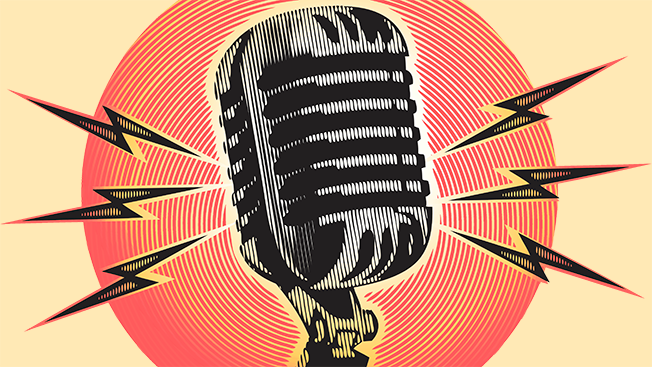It seems like nowadays every comedian, business person, obscure relative, or know-it-all has their own podcast. It makes a lot of sense though. Podcasting is a phenomenal channel to establish your personal brand or expertise, and starting one is super easy and affordable. I posted a video on my YouTube channel talking about the basics of starting your own podcast:
For those who need a bit more info, here are some recommendations for what you may want to use to record your podcast:
Microphone/Interface
This is obviously the first thing to consider, seeing that it is the primary method of getting what is in your head to the internet. Again, this can be as simple as using the built-in mic of your smartphone. It is perfectly functional and designed to capture the nuance of the spoken voice. However, if you wish to have dedicated hardware I would suggest one of two approaches: a USB-Mic or a Microphone-Audio Interface. The USB microphone is an all-in-one solution that allows you to record your podcast and monitor what it sounds like. The most popular of these by a long-shot is the Blue Microphones Yeti. But there are lots of other USB Microphones on the market that also work just as well.
For those of you who wish to have a more versatile setup, you can also purchase any dynamic mic (like a Shure SM58 or SM7B) and a recording interface. This setup allows for more options on microphones and is definitely the way to go if you plan on doing this seriously. The most popular interface options are probably the Focusrite Scarlett 2i2 or the Behringer UMC22. Both offer great sound and value. There are plenty of other interfaces that are specially designed for podcasting (like the Rode Rodecaster Pro), but most offer extra features you may not need and are considerably more expensive.
One other thing you may want to consider is a pop filter to put in front of your microphones to remove plosives (intense sounds made by percussive consonants like P’s and S’s)
Headphones
Seriously, any headphones will do. It is super helpful to have a set of headphones to monitor your audio levels or hear what your co-host or guest is saying without it bleeding into your microphone.
Recording/Editing Software
Once you have the hardware sorted out you need to figure out how you want to record your podcast. Is your podcast a solo session? If not, will you and your co-host be recording in the same place? If the answer to any of these is yes then you simply need a way to record the conversation.
This can be done with hardware recorders but most podcasters use software on their computers. The most popular options are Reaper for PC and Garageband for Mac. Both are free to use. For more sophisticated editing options you can go up to Pro Tools or Logic Pro X.
For those of you who want to record with other people remotely, we will cover that in another article.
If you need assistance with recording setup or editing, let us know.
Hosting Service
Once you have your audio all recorded and ready to post, you’ll need a service to host your show and distribute to the podcast platforms. There are many options in the market and most of them have a free tier to get you started.
I have personally used Podomatic for the past few years. Though they’re not a heavy hitter I really like the feature set and their customer service is great.





